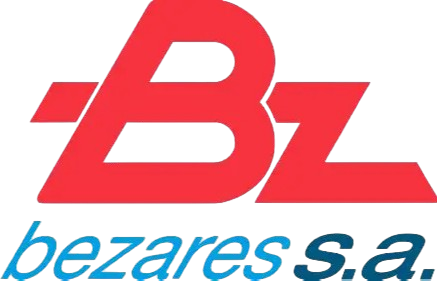Vocational trucks are the backbone of Canada’s construction, transportation, and municipal service industries. These are not generic highway tractors—they’re purpose-built machines designed to handle demanding tasks in every season. Whether your fleet includes dump trucks, snowplows, salters, hydrovac units, tank trucks, bulk-commodity haulers, concrete mixers, refuse trucks, tow trucks, or low-bed carriers, staying ahead of maintenance keeps the work moving and your investment protected.
Unplanned downtime can stall an entire project or contract. Regular service protects:
While a basic rule of thumb is a full inspection every 5,000–7,000 km or roughly every three months, real-world schedules depend on duty cycle and environment.
Below are industry-standard starting points that can be fine-tuned to your fleet’s workload:
These intervals are starting points. A snowplow running 16-hour shifts in a coastal B.C. winter will require mid-season service, while a tanker hauling long prairie distances might extend to the higher end of the range.
British Columbia’s coastal rain and road brine accelerate corrosion, while Alberta’s sub-zero winters demand extra attention to hydraulic fluids and battery health. Mountain grades put extra strain on transmissions and brakes. All of these conditions make a custom service plan essential rather than optional.
Programmatic maintenance doesn’t have to be complicated:
Located in Langley, B.C., One Stop Sales & Service combines real-world contracting experience with advanced hydraulic expertise to keep vocational fleets in top condition.
We service every category listed above—dump, plow, salter, hydrovac, tanker, mixer, refuse, logging, tow, and custom upfitted trucks—and document every inspection to meet the National Safety Mark.
Whether you operate a single utility truck or a multi-province fleet, we build tailored programs that minimize downtime and extend the life of your equipment.
Schedule service for your trucks or equipment and get expert services, repairs, diagnostics, or installation. Fast, reliable, and hassle-free — keep your fleet ready for any job.
.webp)







.webp)






.webp)






.webp)




